Home>Ideas and Tips>Creating A Cozy Corner For Mindfulness Practice
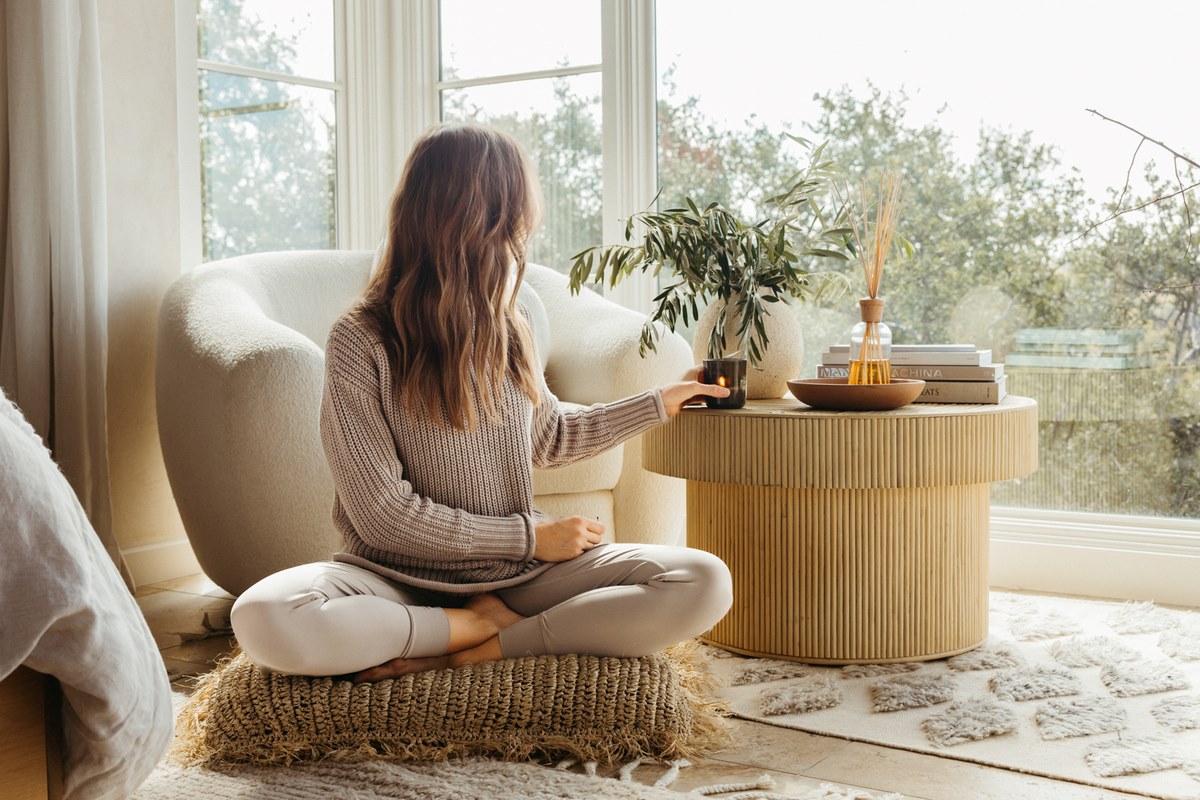

Ideas and Tips
Creating A Cozy Corner For Mindfulness Practice
Published: November 1, 2024
Create a serene space for mindfulness with our guide. Learn how to design a cozy corner that promotes relaxation and emotional well-being.
(Many of the links in this article redirect to a specific reviewed product. Your purchase of these products through affiliate links helps to generate commission for Storables.com, at no extra cost. Learn more)
In today's fast-paced world, finding moments of peace and tranquility is more important than ever. For both children and adults, having a dedicated space for mindfulness practice can be a game-changer. This article will guide you through the process of creating a cozy corner that fosters mindfulness, helping you establish a consistent practice that promotes emotional well-being and overall calmness.
The Importance of Mindfulness
Mindfulness is the practice of being present in the moment, paying attention to your thoughts, feelings, and sensations without judgment. It involves cultivating awareness of the present moment with openness and curiosity, often through meditation or other mindfulness exercises. Mindfulness has numerous benefits, including reducing stress and anxiety, improving emotional regulation, enhancing focus and concentration, and boosting overall mental health. For children, mindfulness can help them develop better coping strategies for managing emotions and behaviors, leading to improved academic performance and social relationships.
Designing Your Cozy Corner
Creating a cozy corner for mindfulness practice involves several key elements that work together to create an inviting and calming space. Here’s a step-by-step guide to help you get started:
Step 1: Choose a Location
The first step in creating your cozy corner is to choose a location that feels peaceful and calming. Ideally, this space should be in a room or area where you can close the door and be alone with your thoughts. Consider a corner of your bedroom, a spare room, or even a section of your living room. Ensure that the chosen area is far enough out of the way that it won’t be easily disturbed by other household activities.
Step 2: Clear the Space
Once you’ve chosen your location, it’s time to clear the space of any clutter or distractions. A clutter-free space is essential for meditation and mindfulness practice. Remove any unnecessary items, electronics, paperwork, or other items that might pull your attention away from your practice. Consider storing non-essential items out of sight to maintain a tidy and uncluttered environment.
Step 3: Add Comfortable Seating
Comfortable seating is crucial for an effective mindfulness practice. Choose seating that allows you to sit comfortably for an extended period without becoming uncomfortable or distracted. Options include cushions, meditation benches, or comfortable chairs. Experiment with different types of seating until you find what works best for you.
Read more: Creating A Cozy Bedroom Reading Corner
Step 4: Incorporate Calming Decor
Calming decor plays a significant role in creating an inviting atmosphere for mindfulness practice. Incorporate elements that promote relaxation and serenity such as candles, plants, naturalistic artwork, or soft textiles like throw pillows and rugs. Soft lighting can also contribute to a soothing ambiance; consider using candles or lamps with warm lighting.
Step 5: Add Sensory Tools
Sensory tools can help engage multiple senses during mindfulness practice, making it more engaging and effective. Some common sensory tools include:
- Calming Jars: Create calming jars by filling glass jars with water, glitter, and food coloring. Shake the jar gently to create a soothing visual effect.
- Essential Oils: Use essential oils like lavender or peppermint to create a calming scent in your space. You can use diffusers or apply a few drops to a cloth.
- Soft Textures: Incorporate soft textures such as throw pillows, blankets, or rugs to provide tactile comfort.
- Nature Elements: Add elements like potted peace lilies or other indoor plants to bring in natural elements.
Step 6: Personalize Your Space
Personalizing your cozy corner with meaningful items can make it feel more welcoming and supportive. Choose items that have personal significance to you, such as favorite artwork, special cushions, or mementos from meaningful experiences. Adding personal touches like family photos or inspiring quotes can also enhance the emotional connection you feel towards the space.
Examples of Cozy Corners
Let's look at some examples of cozy corners that can serve as inspiration for your own space:
Example 1: The Mindful Closet
In the article "How to Create a Calming Corner for Kids," the author shares an example of a mindful corner created in a child's closet. This space is designed to be a positive and safe area where kids can go when they need time to unwind. The closet is equipped with a gratitude journal, books like "Breathe Like a Bear," and calming jars. The author emphasizes the importance of making this space enjoyable for children so they feel comfortable spending time there.
Example 2: The Meditation Room
For adults, creating a meditation room can be just as transformative. According to an article on meditation room ideas, you can transform any room into a meditation space by decluttering and simplifying it. Choose calming colors and incorporate natural elements like plants or bamboo screens. Add comfortable seating options like cushions or meditation benches and soft lighting such as candles or lamps. Incorporating soothing scents like essential oils and ambient sounds can further enhance the relaxing atmosphere.
Example 3: The Classroom Cozy Spot
In educational settings, creating a classroom cozy spot has become increasingly popular as a way to manage student emotions and promote mindfulness. A classroom cozy spot is designed as a judgment-free zone where students can take breaks from the busy classroom environment. This space typically includes soft seating, calming visuals, and sensory tools like fidget toys or stress balls. The benefits of having such a space include reducing anxiety, enhancing concentration, and promoting positive emotional states among students.
Tips for Maintaining Your Cozy Corner
Creating a cozy corner is just the first step; maintaining it is equally important. Here are some tips to help you keep your space inviting and effective:
- Regularly Clean and Declutter: Ensure that your space remains clutter-free by regularly cleaning and decluttering it.
- Rotate Decor: Periodically rotate your decor items to keep things fresh and interesting.
- Encourage Use: Encourage family members or students to use the space regularly by making it accessible and inviting.
- Personalize Over Time: Allow the space to evolve over time by incorporating new items that reflect changing needs or interests.
Activities for Your Cozy Corner
Once you've set up your cozy corner, it's time to think about activities that will make it functional for mindfulness practice. Here are some ideas:
- Mindfulness Exercises: Incorporate mindfulness exercises like deep breathing, body scan meditation, or guided meditation sessions.
- Journaling: Provide journals where individuals can write down their thoughts or reflect on their experiences.
- Coloring Books: Offer coloring books with calming themes like nature scenes or mandalas.
- Calming Activities: Include calming activities such as listening to soothing music or nature sounds.
- Gratitude Practice: Encourage a daily gratitude practice using gratitude journals.
Creating a cozy corner for mindfulness practice is about more than just setting up a physical space; it’s about creating an environment that fosters emotional well-being and relaxation. By incorporating elements like comfortable seating, calming decor, sensory tools, and personal touches into your space, you can establish a consistent mindfulness practice that benefits both children and adults alike. Remember to regularly maintain your space and encourage its use by making it accessible and inviting. With these steps and tips in mind, you'll be well on your way to creating a serene oasis in any room of your home or classroom.
By following these guidelines and incorporating elements tailored to your needs and preferences, you can create a cozy corner that serves as a sanctuary for mindfulness practice. Whether you're looking to enhance your personal well-being or create a supportive learning environment for children, this space will undoubtedly become an essential part of your daily routine.
Was this page helpful?
At Storables.com, we guarantee accurate and reliable information. Our content, validated by Expert Board Contributors, is crafted following stringent Editorial Policies. We're committed to providing you with well-researched, expert-backed insights for all your informational needs.
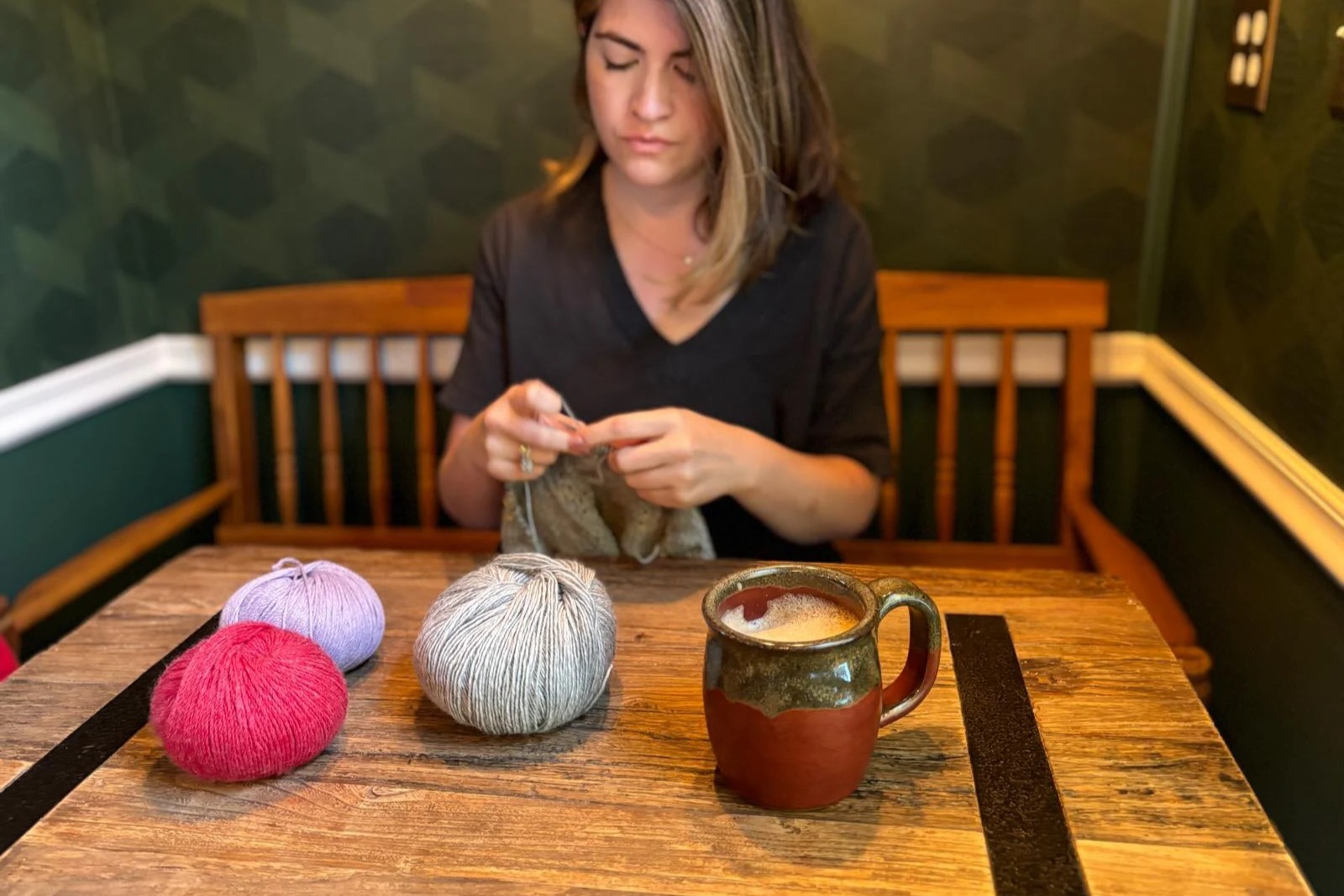

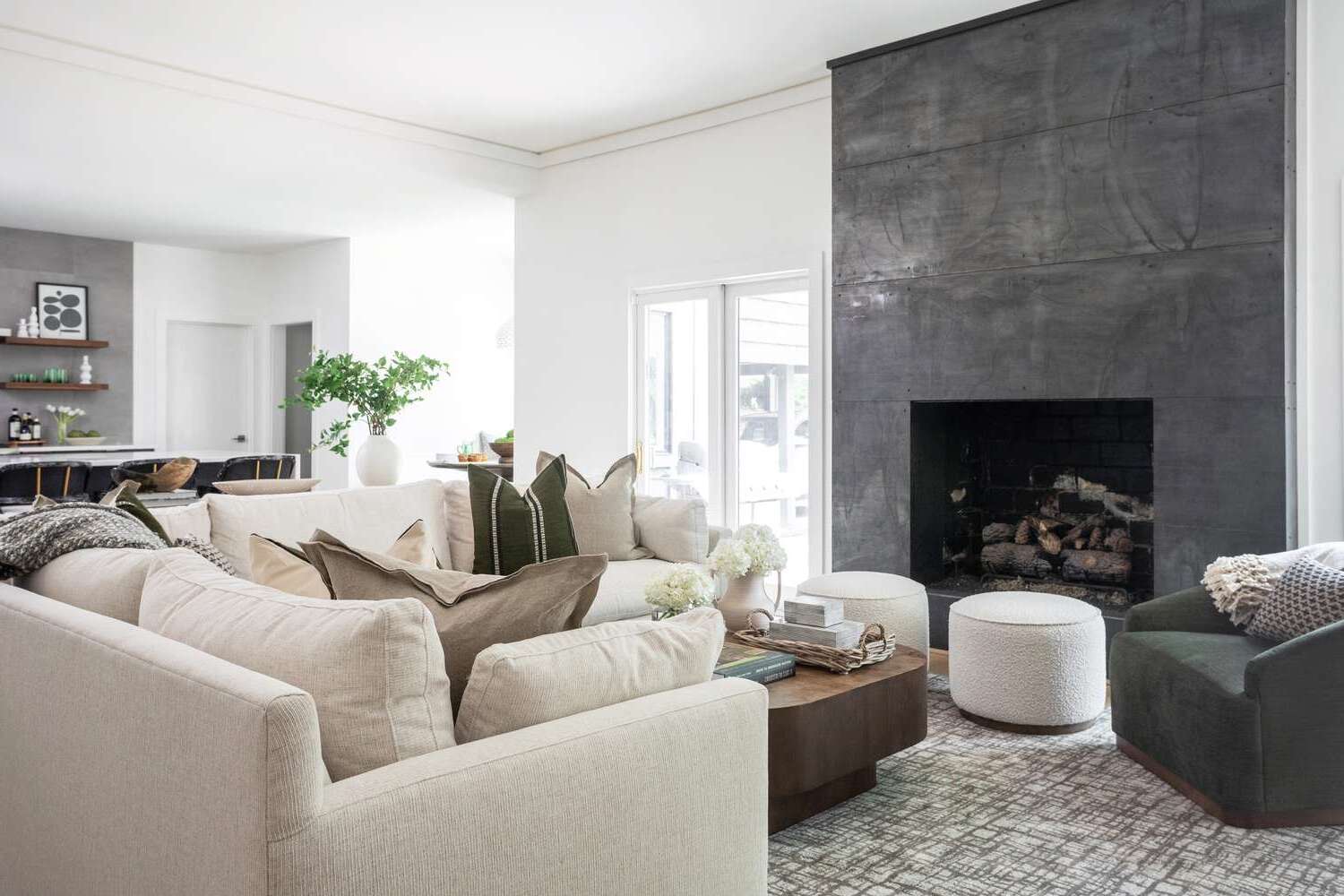
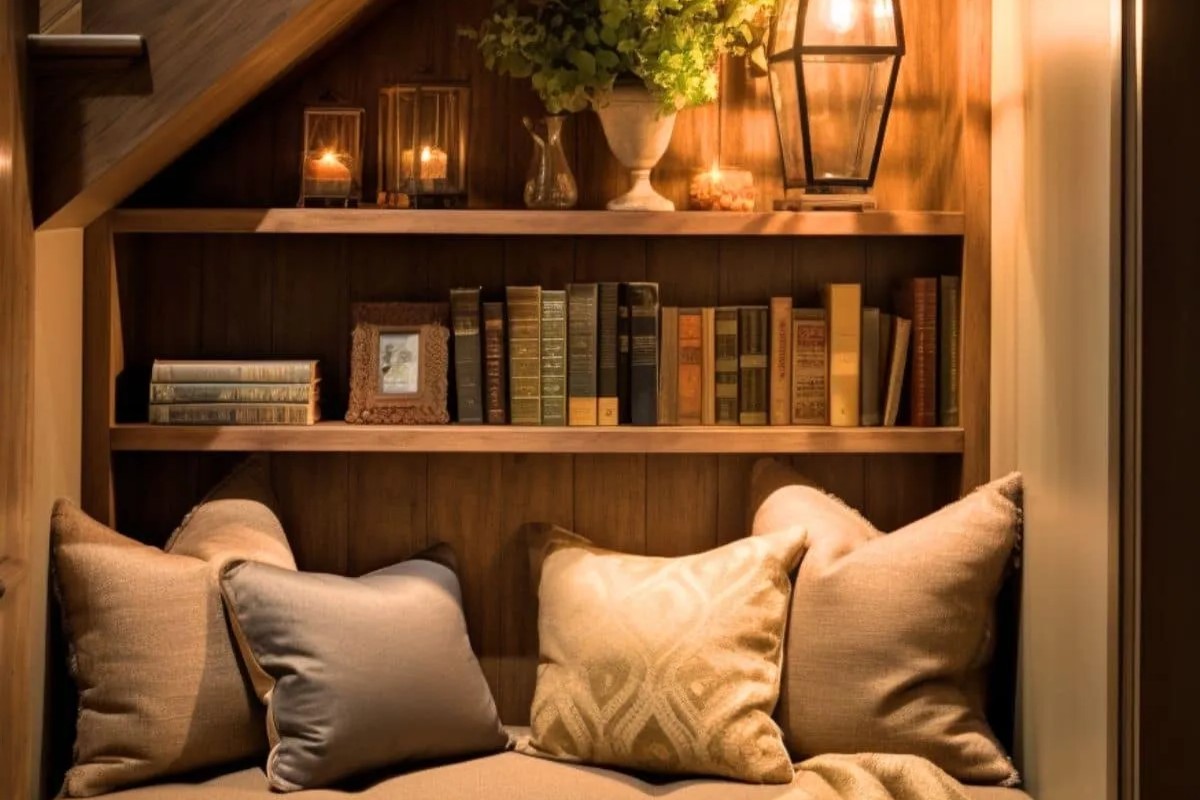
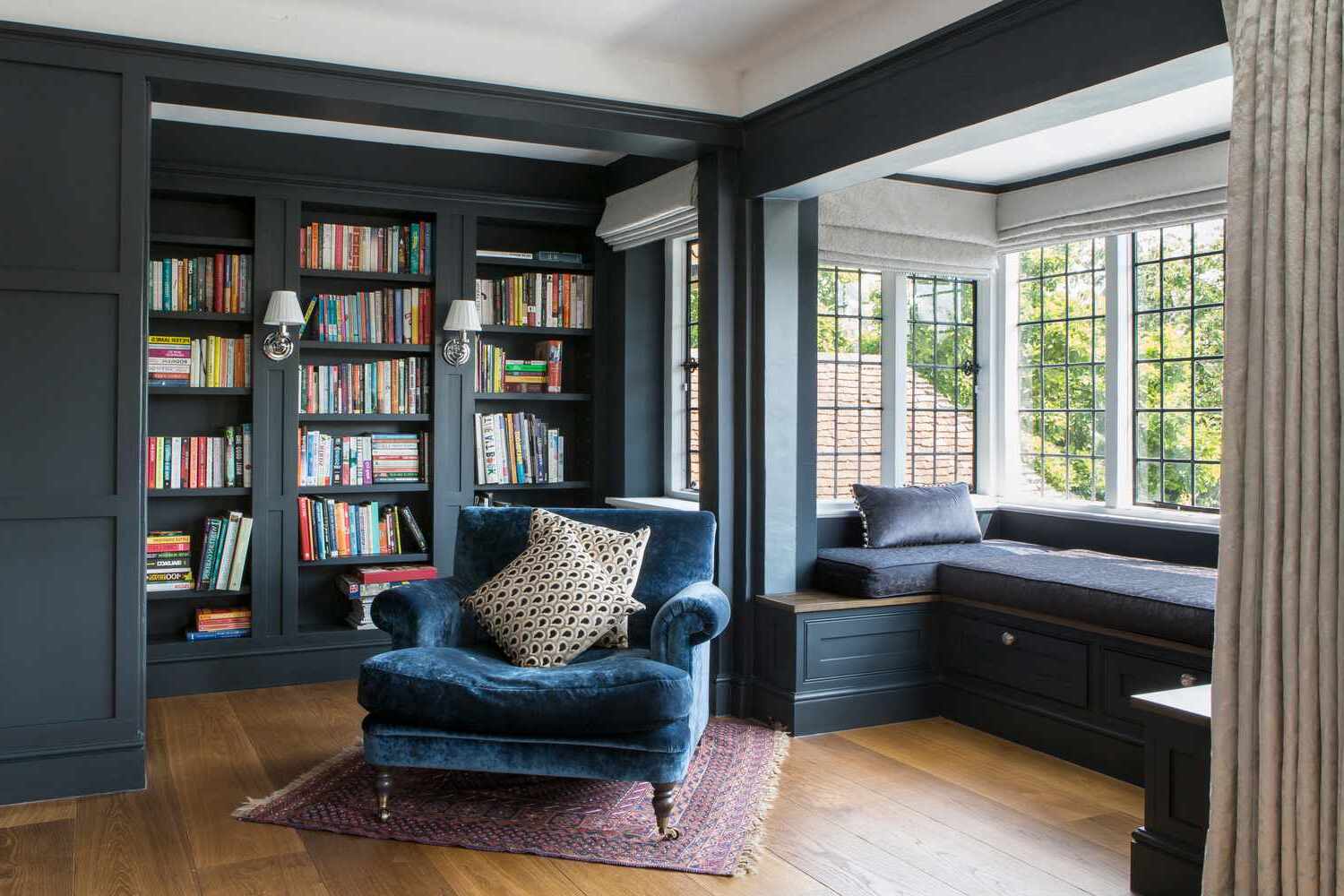
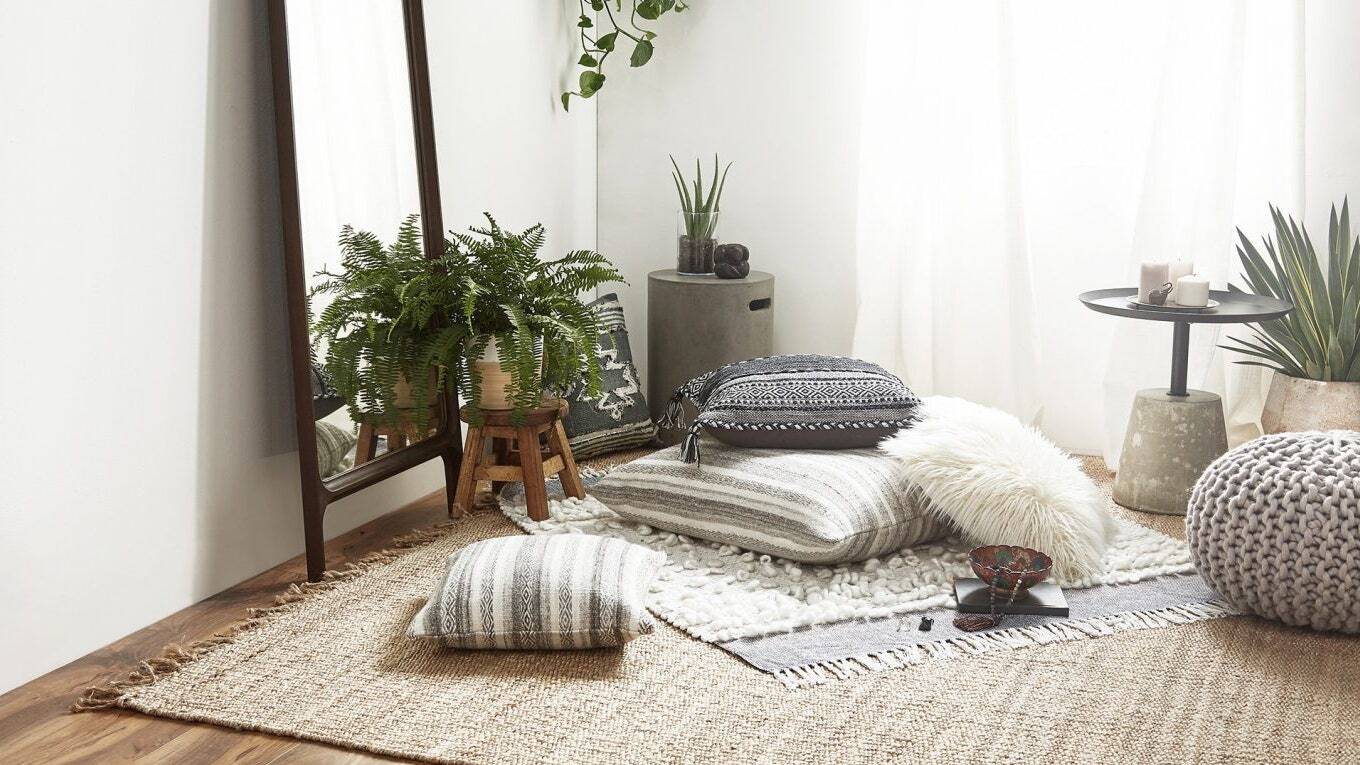
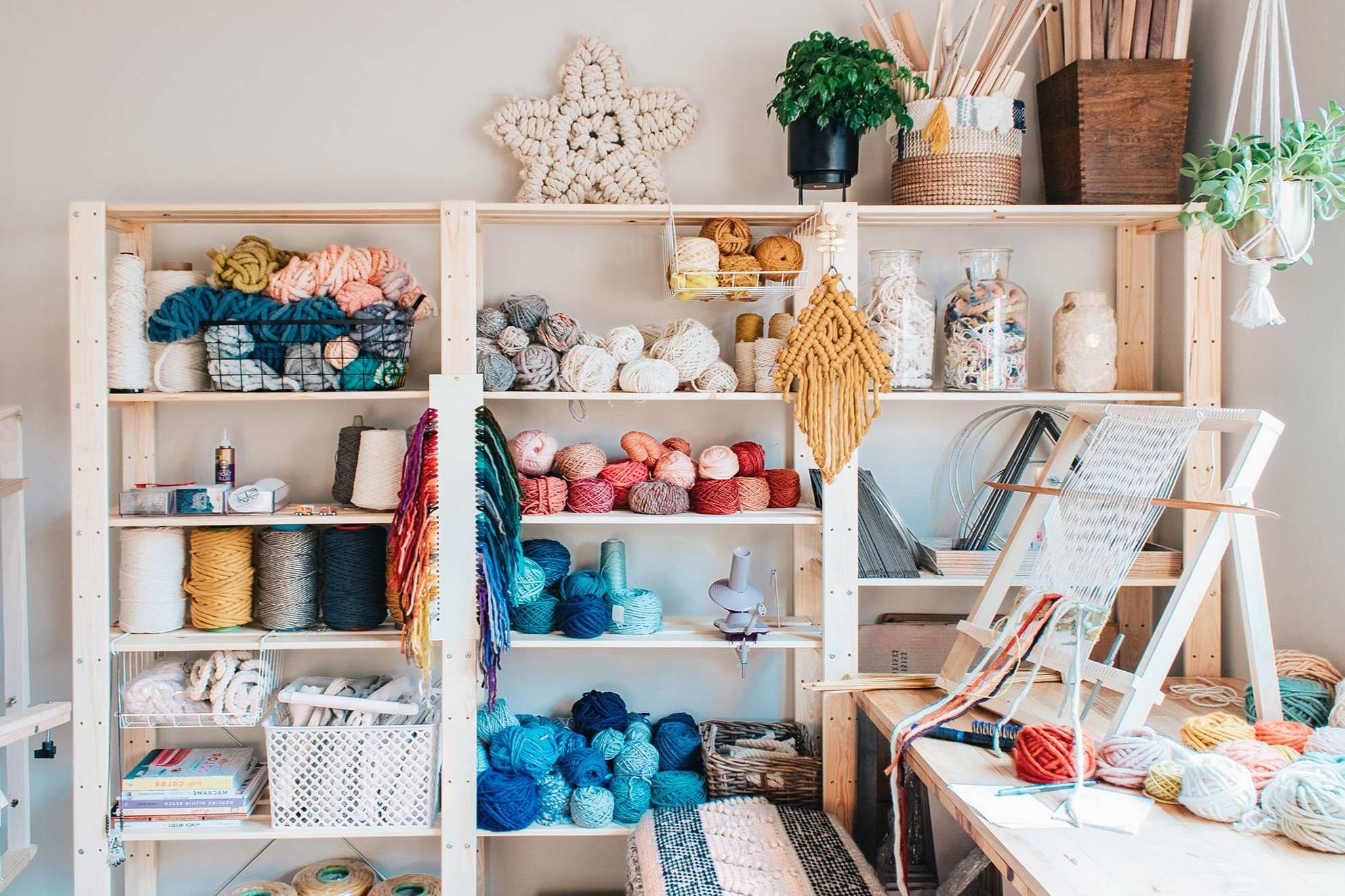
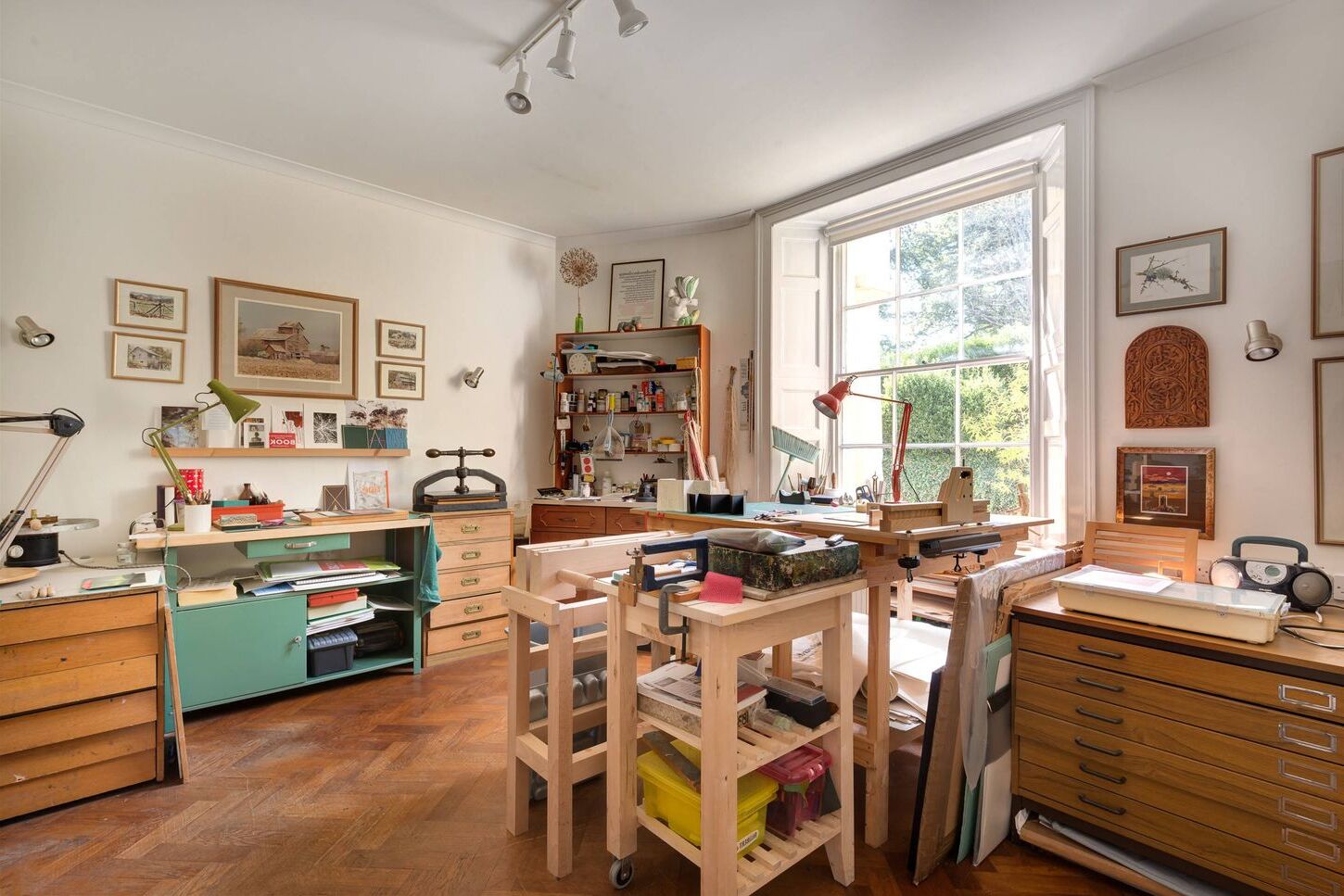
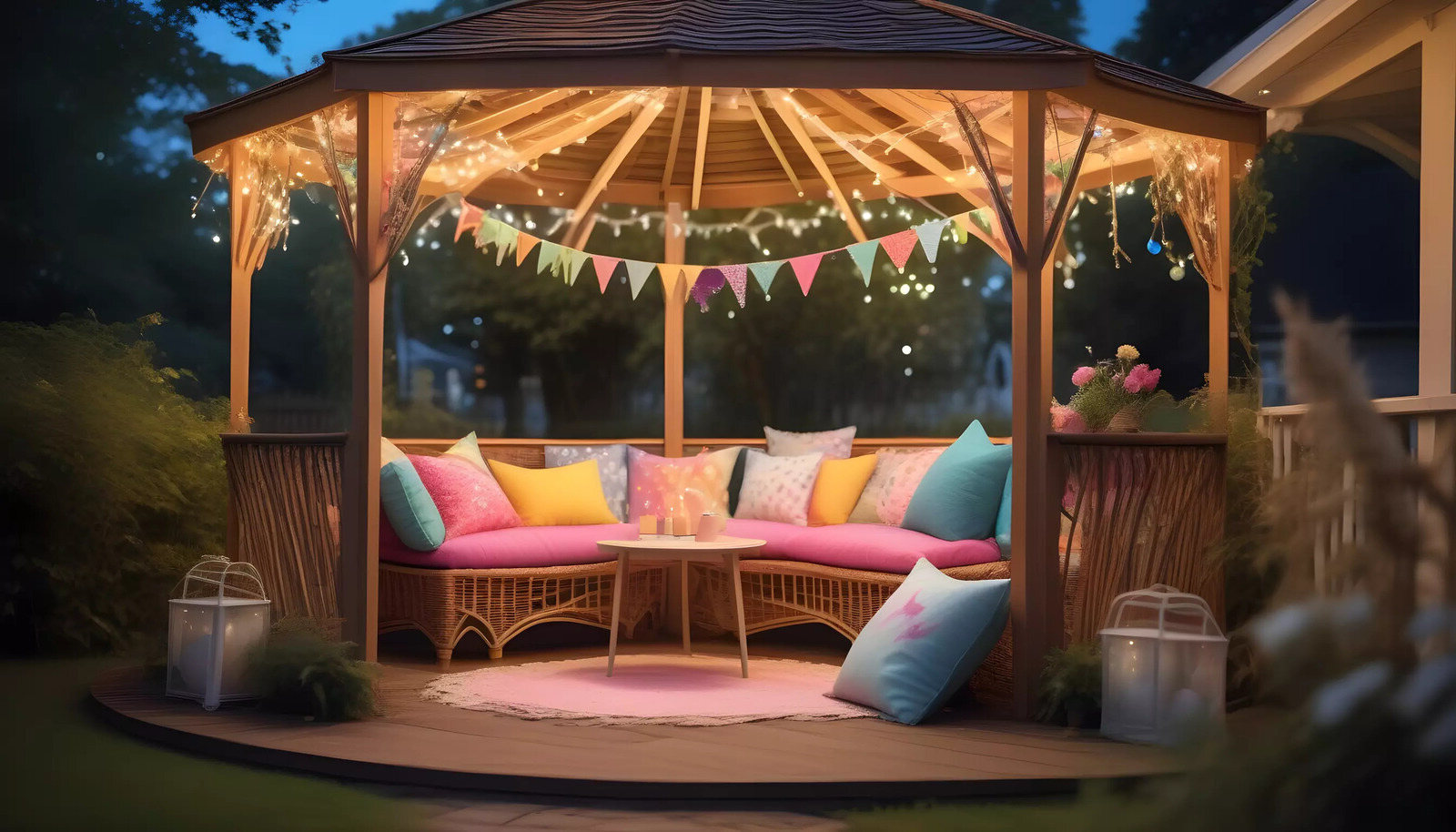
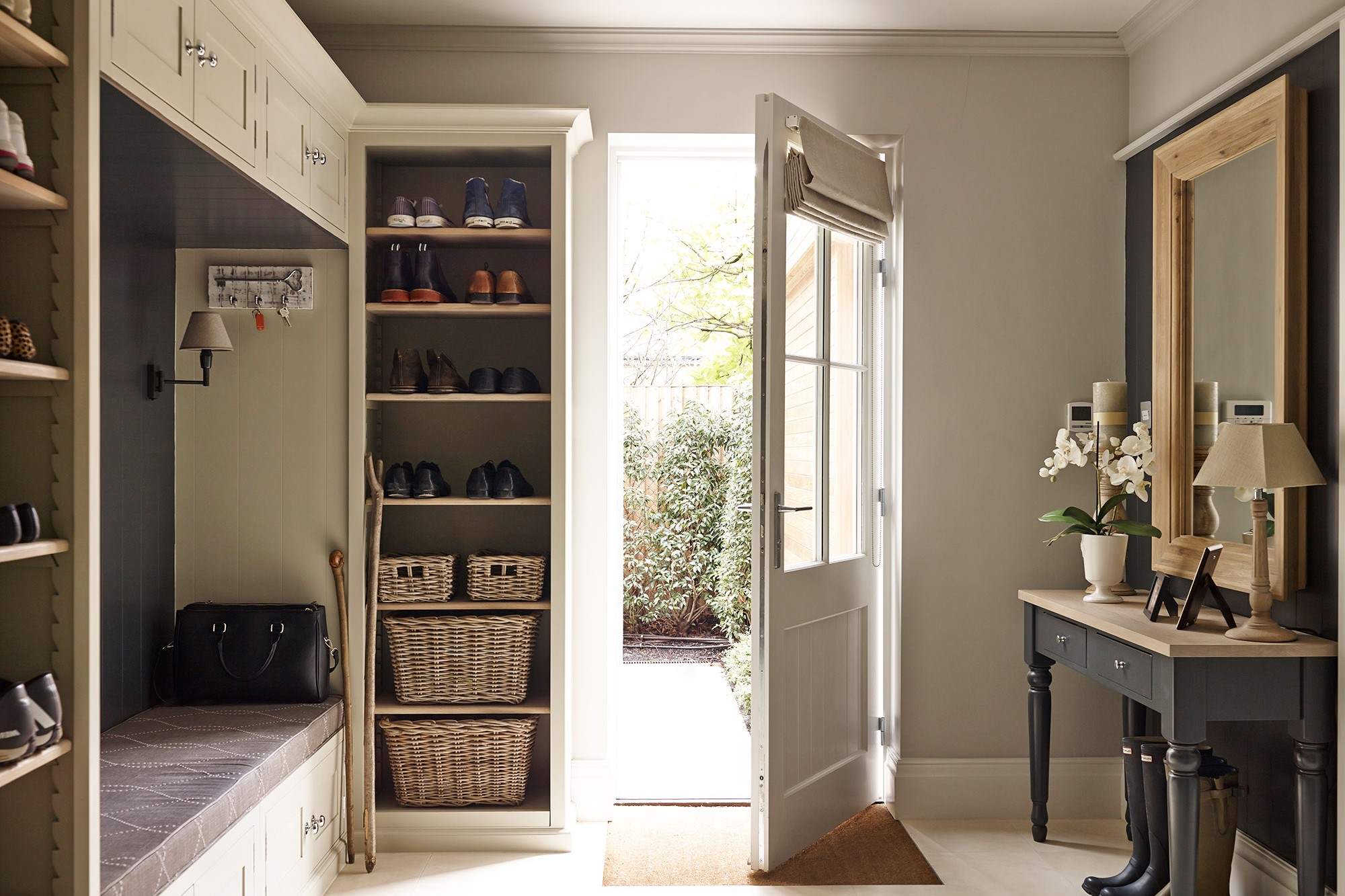
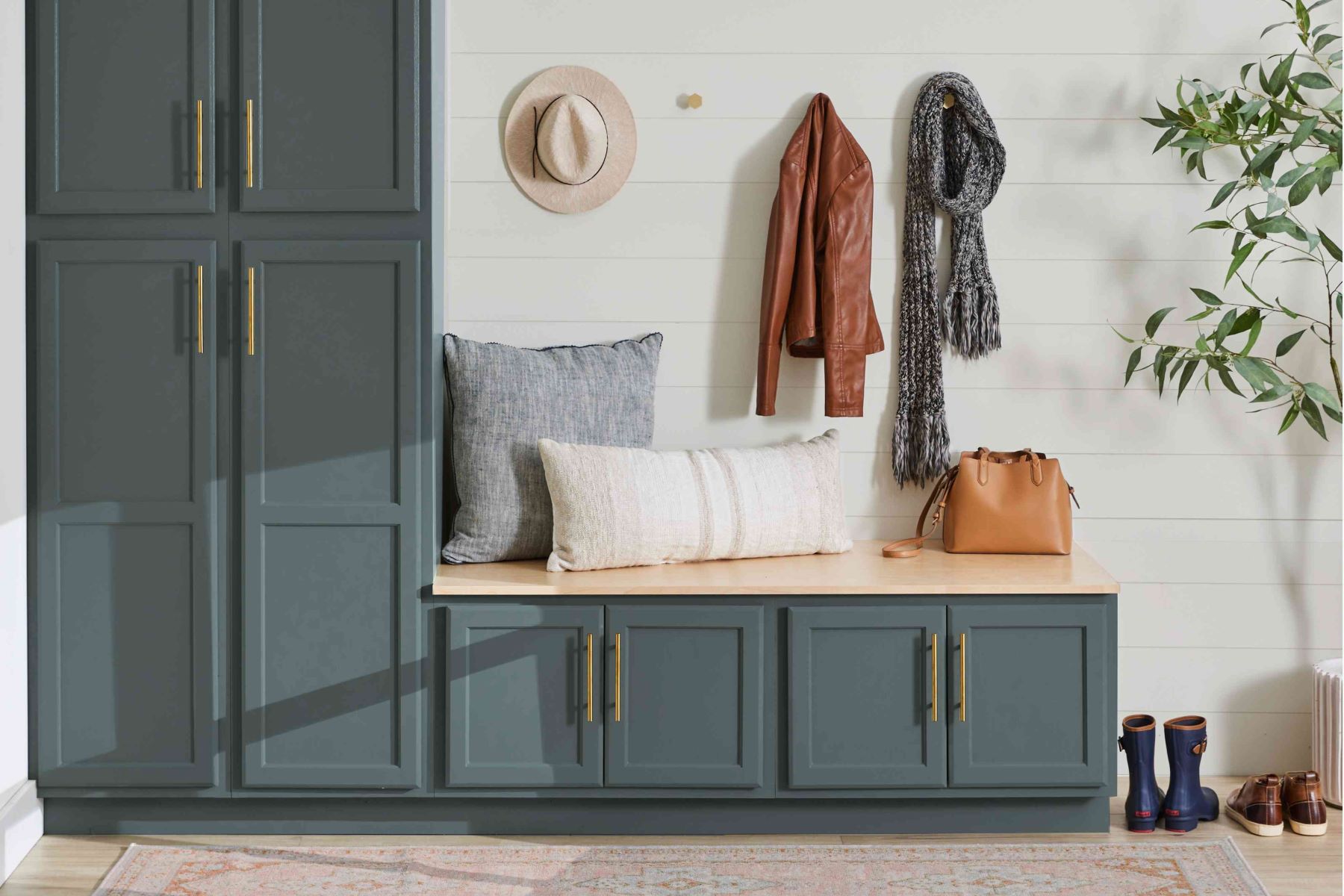
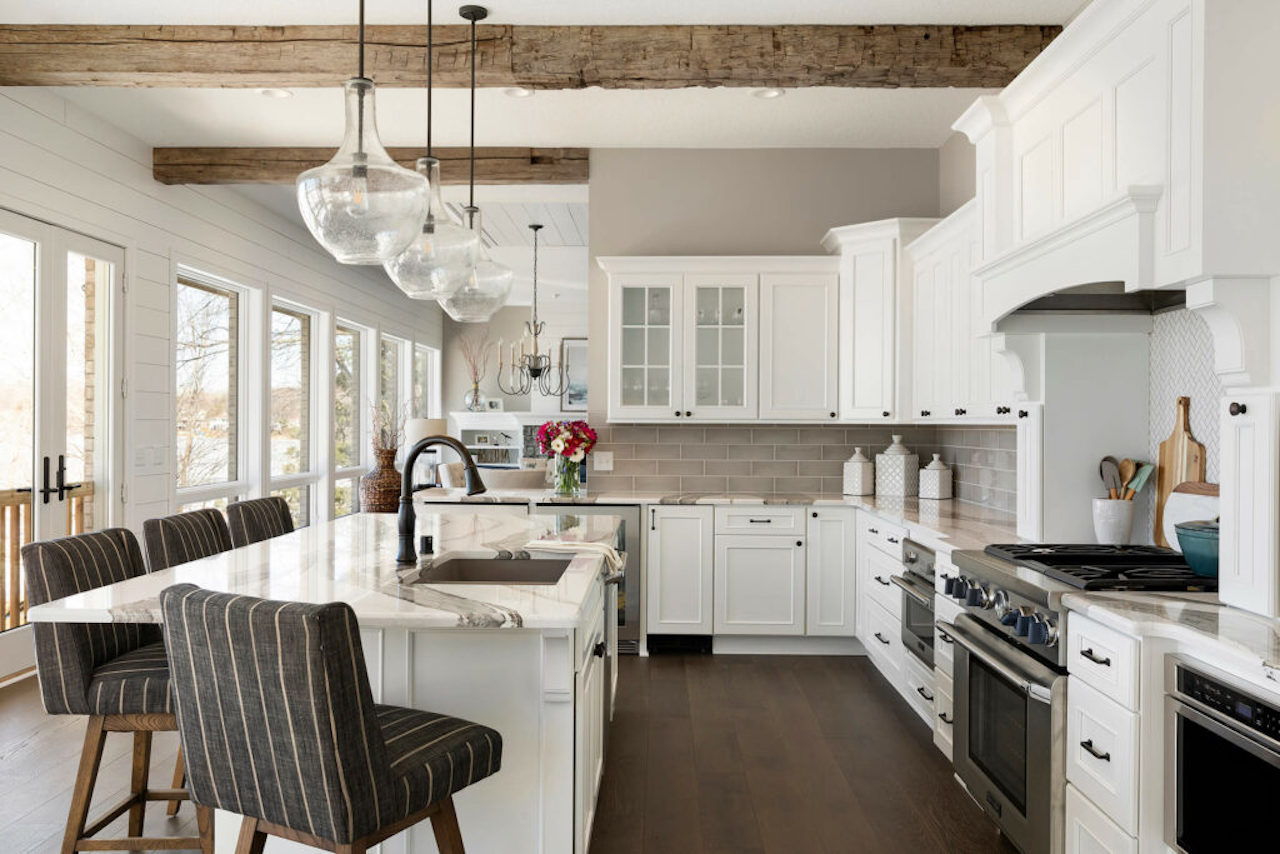

0 thoughts on “Creating A Cozy Corner For Mindfulness Practice”